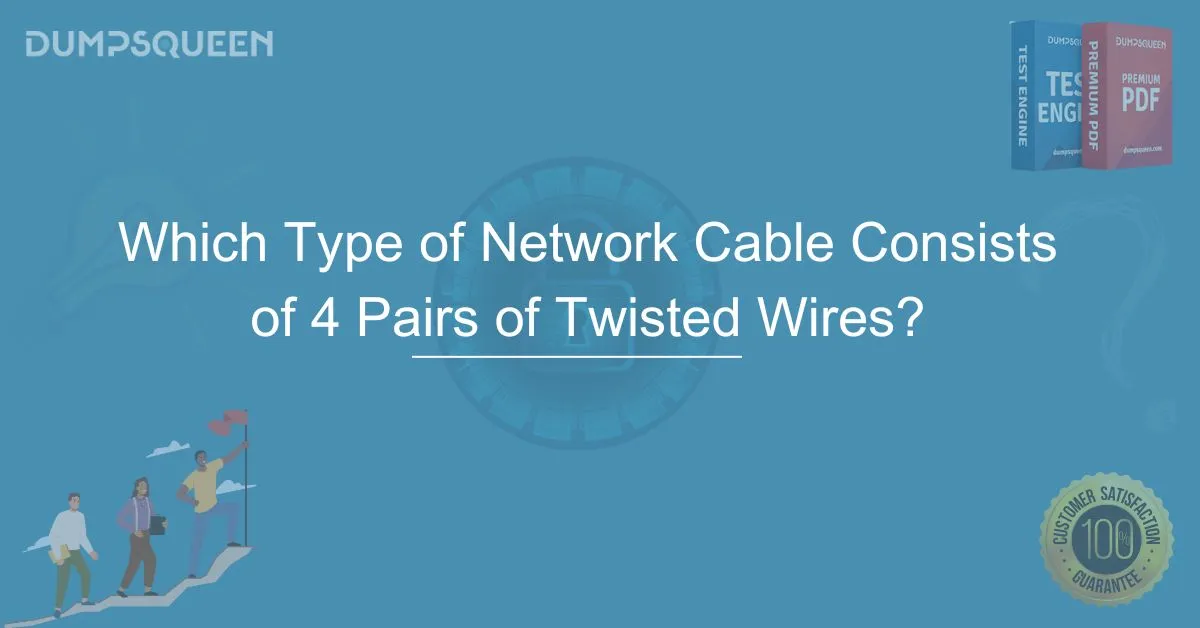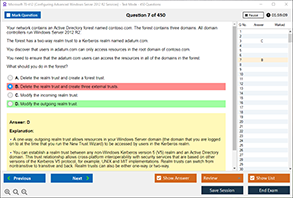Introduction
In today's interconnected world, network cables play an essential role in enabling reliable communication between devices. Whether it's for home networking, office setups, or large-scale enterprise environments, understanding the types of network cables and their specifications is critical to maintaining an efficient and high-performance network.
One of the most commonly used cables in networking is the twisted pair cable, known for its reliability and ease of use. Among the various types of twisted pair cables, the one that consists of four pairs of twisted wires is the Category 5e (Cat 5e) and Category 6 (Cat 6) cables. These cables are integral to Ethernet networks and offer the speed and performance required for modern-day applications.
This blog will delve deeper into the characteristics, advantages, and applications of network cables with four pairs of twisted wires, specifically focusing on the Cat 5e and Cat 6 cables. We'll explore the technical aspects, real-world uses, and how they contribute to the stability and performance of a network.
Understanding Twisted Pair Cables
Twisted pair cables consist of pairs of copper wires twisted together to reduce electromagnetic interference. This twisting helps to protect the signals from external noise, ensuring better transmission quality. Twisted pair cables are widely used in networking, telecommunications, and data transmission due to their ability to offer high-speed data transfer and low attenuation.
The key feature of these cables is the twisted wire pairs, which are designed to carry electrical signals. Most twisted pair cables consist of four pairs of wires, which are color-coded for easy identification during installation. The two most popular types of twisted pair cables used in networking are Cat 5e (Enhanced Category 5) and Cat 6 (Category 6).
Cat 5e Cable: The Enhanced Version of Cat 5
The Cat 5e cable is an improved version of the older Cat 5 cable, offering enhanced specifications for better performance. It is designed to support Ethernet networks and is widely used for data transmission in local area networks (LANs), phone systems, and security cameras.
-
Construction: A typical Cat 5e cable consists of four twisted pairs of copper wires, with each pair color-coded for identification. The four pairs are twisted to reduce interference and maintain signal integrity over longer distances.
-
Performance: Cat 5e cables can handle speeds of up to 1 Gbps (Gigabit Ethernet) over a maximum distance of 100 meters (328 feet). They are suitable for applications like video streaming, VoIP (Voice over IP), and online gaming.
-
Use Cases: Cat 5e cables are primarily used for Ethernet networking and are compatible with both 10/100/1000 Mbps Ethernet devices. They are also used for connecting computers, switches, routers, and other networking devices.
Cat 6 Cable: A Higher-Speed Option
Cat 6 cables are an upgraded version of Cat 5e cables, offering superior performance, especially in high-speed data transfer scenarios. These cables also contain Google Exam Questions four twisted pairs of copper wires, but they are constructed with tighter twists and better insulation to reduce crosstalk and external interference.
-
Construction: Like Cat 5e cables, Cat 6 cables consist of four twisted pairs of copper wires. However, Cat 6 cables typically feature thicker insulation and a tighter twist to reduce signal degradation.
-
Performance: Cat 6 cables support higher bandwidths and faster data rates compared to Cat 5e cables. They can handle speeds of up to 10 Gbps for shorter distances (up to 55 meters or 180 feet) and are ideal for applications requiring high-speed data transfer, such as server rooms, data centers, and high-performance networks.
-
Use Cases: Cat 6 cables are commonly used in applications like high-speed Ethernet connections, HD video streaming, and data-heavy activities such as large file transfers or cloud computing.
Key Differences Between Cat 5e and Cat 6 Cables
While both Cat 5e and Cat 6 cables consist of four twisted pairs of wires, there are significant differences in their construction, performance, and ideal use cases. Here are the key distinctions:
-
Speed and Bandwidth:
- Cat 5e: Supports speeds up to 1 Gbps with a maximum bandwidth of 100 MHz.
- Cat 6: Supports speeds up to 10 Gbps over short distances (up to 55 meters) with a maximum bandwidth of 250 MHz.
-
Distance:
- Cat 5e: Suitable for distances up to 100 meters (328 feet) at 1 Gbps.
- Cat 6: Suitable for 10 Gbps over shorter distances (up to 55 meters), and up to 1 Gbps at 100 meters.
-
Shielding:
- Cat 5e: Typically unshielded or shielded in certain cases.
- Cat 6: Often includes better shielding, making it more resistant to crosstalk and external interference.
-
Cost:
- Cat 5e: More affordable due to lower specifications.
- Cat 6: Slightly more expensive due to enhanced performance and additional insulation.
Applications of Twisted Pair Cables
The versatility of twisted pair cables with four pairs of twisted wires, particularly Cat 5e and Cat 6, makes them suitable for a variety of applications:
-
Ethernet Networks: These cables are most commonly used in Ethernet networking, including home networks, small office setups, and large enterprise networks.
-
Voice over IP (VoIP): Twisted pair cables support VoIP services, which allow voice communication over the internet, providing a cost-effective alternative to traditional phone lines.
-
Surveillance Systems: Due to their reliable data transmission, twisted pair cables are used in IP surveillance cameras, helping in the streaming of video feeds over the network.
-
High-Speed Internet Connections: Both Cat 5e and Cat 6 cables are crucial for delivering high-speed internet connections, supporting activities such as online gaming, video conferencing, and HD streaming.
Conclusion
Network cables with four pairs of twisted wires—specifically Cat 5e and Cat 6—are fundamental to modern networking. They enable high-speed communication, ensuring that data flows efficiently across local area networks, data centers, and various other applications. While Cat 5e cables offer reliable performance for typical networking tasks, Cat 6 cables provide enhanced speed and performance for more demanding applications.
Choosing the right cable depends on your specific needs. If you require higher bandwidth and faster speeds for applications like 4K video streaming or large file transfers, Cat 6 is the better option. However, for standard networking tasks, Cat 5e will more than suffice.
Understanding these cables' capabilities, differences, and real-world applications is crucial for building and maintaining a reliable and efficient network.
Free Sample Questions
What is the maximum speed supported by Cat 5e cables?
A) 100 Mbps
B) 1 Gbps
C) 10 Gbps
D) 100 Gbps
Answer: B) 1 Gbps
What is the maximum distance Cat 6 cables can support at 10 Gbps?
A) 100 meters
B) 50 meters
C) 200 meters
D) 55 meters
Answer: D) 55 meters
Which of the following is true about Cat 6 cables compared to Cat 5e cables?
A) Cat 6 cables are cheaper and more widely used
B) Cat 6 cables support higher bandwidth and faster speeds
C) Cat 6 cables are less durable than Cat 5e cables
D) Cat 6 cables do not support Ethernet networks
Answer: B) Cat 6 cables support higher bandwidth and faster speeds
Which type of cable is commonly used in Ethernet networks?
A) Cat 5e
B) HDMI
C) Fiber optic
D) Coaxial
Answer: A) Cat 5e



